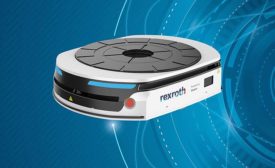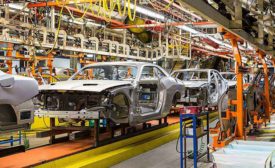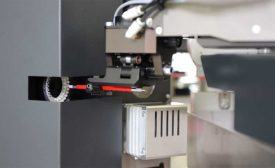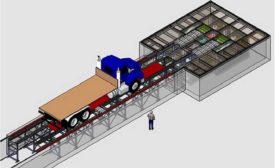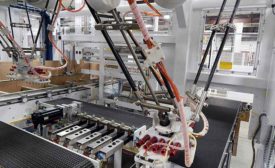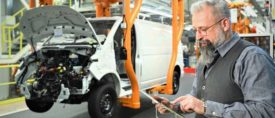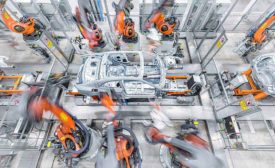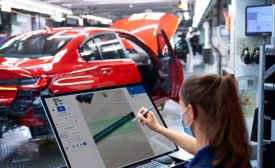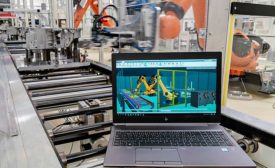Home » factory automation
Articles Tagged with ''factory automation''
New technologies are helping assemblers keep track of product on the line.
Read More
Troubleshooting the Stripping and Crimping Process
Simple error-proofing steps can help avoid big headaches.
July 21, 2022
Conveyor Case Studies
With the right conveyor, manufacturers can greatly improve their assembly, part feeding and packaging processes.
July 15, 2022
VW and the Cloud
By creating an industrial cloud, VW hopes to improve systemwide productivity by 30 percent.
June 30, 2022
Smart Manufacturing at Audi
Digital transformation is well underway at Audi’s five assembly plants worldwide.
June 29, 2022
BMW Applies AI to Assembly
AI is helping BMW inspect parts, control processes and route AGVs.
June 29, 2022
Industry 4.0 at Škoda
Digital twins, autonomous mobile robots and AI are some of the cutting-edge technologies helping European automaker Škoda compete.
June 28, 2022
Never miss the latest news and trends driving the manufacturing industry
Stay in the know on the latest assembly trends.
JOIN TODAY!Copyright ©2024. All Rights Reserved BNP Media.
Design, CMS, Hosting & Web Development :: ePublishing


